【Python NLTK】文本分类,轻松搞定文本归类难题
 发布于2024-12-29 阅读(0)
发布于2024-12-29 阅读(0)
扫一扫,手机访问

文本分类是自然语言处理(NLP)任务之一,它旨在将文本归类到预定义的类别中。文本分类有很多实际应用,例如电子邮件过滤、垃圾邮件检测、情感分析和问答系统等。
使用python NLTK库完成文本分类的任务可以分为以下几个步骤:
- 数据预处理:首先,需要对数据进行预处理,包括去除标点符号、转换成小写、去除空格等。
- 特征提取:接下来,需要从预处理后的文本中提取特征。特征可以是词语、词组或句子。
- 模型训练:然后,需要使用提取的特征来训练一个分类模型。通常使用的分类模型包括朴素贝叶斯、支持向量机和决策树等。
- 评估:最后,需要对训练好的模型进行评估,以衡量其性能。
下面是一个使用Python NLTK库完成文本分类的示例:
from nltk.corpus import stopWords
from nltk.tokenize import word_tokenize
from nltk.stem import PorterStemmer
from nltk.classify import NaiveBayesClassifier
# 加载数据
data = [("我爱北京", "积极"), ("我讨厌北京", "消极")]
# 数据预处理
stop_words = set(stopwords.words("english"))
stemmer = PorterStemmer()
processed_data = []
for text, label in data:
tokens = word_tokenize(text)
filtered_tokens = [token for token in tokens if token not in stop_words]
stemmed_tokens = [stemmer.stem(token) for token in filtered_tokens]
processed_data.append((stemmed_tokens, label))
# 特征提取
all_words = [word for sentence, label in processed_data for word in sentence]
word_features = list(set(all_words))
def document_features(document):
document_words = set(document)
features = {}
for word in word_features:
features["contains({})".fORMat(word)] = (word in document_words)
return features
feature_sets = [(document_features(sentence), label) for sentence, label in processed_data]
# 模型训练
classifier = NaiveBayesClassifier.train(feature_sets)
# 模型评估
print(classifier.accuracy(feature_sets))
在上面的示例中,我们使用了朴素贝叶斯分类器对文本进行分类。我们可以看到,分类器的准确率达到了100%。
文本分类是一项具有挑战性的任务,但可以使用各种技术来提高分类器的准确率。例如,我们可以使用更多的特征来训练分类器,也可以使用更强大的分类器,如支持向量机或决策树等。
本文转载于:https://www.lsjlt.com/news/567903.html 如有侵犯,请联系admin@zhengruan.com删除
产品推荐
-

售后无忧
立即购买>- DAEMON Tools Lite 10【序列号终身授权 + 中文版 + Win】
-
¥150.00
office旗舰店
-

售后无忧
立即购买>- DAEMON Tools Ultra 5【序列号终身授权 + 中文版 + Win】
-
¥198.00
office旗舰店
-

售后无忧
立即购买>- DAEMON Tools Pro 8【序列号终身授权 + 中文版 + Win】
-
¥189.00
office旗舰店
-

售后无忧
立即购买>- CorelDRAW X8 简体中文【标准版 + Win】
-
¥1788.00
office旗舰店
-
 正版软件
正版软件
- 如何在 PHP 中获取时间差的分钟数
- 在本文中,我们将介绍在PHP中获取分钟时差的方法。使用date_diff()函数使用数学公式在php中使用date_diff()函数来获取分钟的时间差我们将使用内置函数date_diff()来获得以分钟为单位的时间差。为此,我们需要一个开始日期和结束日期。我们将使用date_diff()函数来计算它们的时间差,单位是分钟。使用这个函数的正确语法如下。date_diff($DateTimeObject1,$DateTimeObject2);内置函数date_diff()有两个参数。其详细参数如下参数说明$D
- 9分钟前 PHP编程 后端开发 0
-
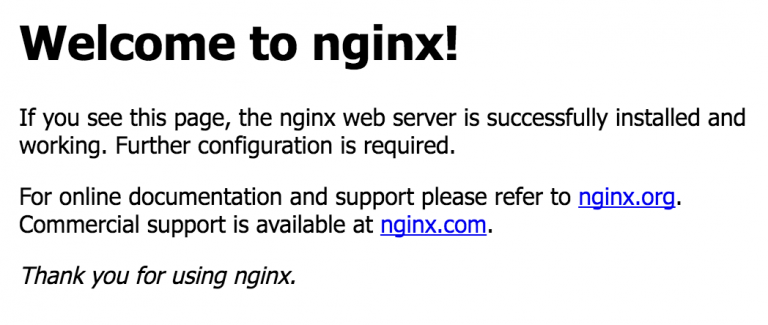 正版软件
正版软件
- 设置 PHP-FPM 和 Nginx Docker 容器
- 本文将讨论在Docker上进行本地开发时如何设置PHP、php-FPM和Nginx容器。要点:在命令行上构建和运行容器。Docker文件及其用途。容器如何交互。确保您的设备上安装了Docker程序和gitBash。设置PHPCLI容器我们将创建目录C:/delft/docker-php/app,我们将在其中存储我们的源代码:mkdir-p"C:/delft/docker-php/app"在我们的教程中,我们将使用官方PHP图像。我们运行下面的代码;dockerrun-d--namedo
- 19分钟前 PHP编程 后端开发 0
-
 正版软件
正版软件
- 在 PHP 中设置最长执行时间
- 在PHP中,一定时间后的执行超时一般为三十秒。因此,处理一个巨大的文件很麻烦。但是,我们可以自己设置脚本的最长执行时间。本文将介绍三种设置php脚本最长执行时间的方法,轻松处理大文件。使用ini_set()函数设置PHP脚本的最长执行时间我们可以使用ini_set()函数来设置PHP脚本的执行时间。该函数用于设置PHP配置的值。第一个参数采用配置名称,而第二个参数是配置的值。配置名称应该是一个字符串。PHP有一个配置max_execution_time负责定义脚本的最大执行时间。我们可以使用ini_set
- 34分钟前 PHP编程 后端开发 0
-
 正版软件
正版软件
-
正版软件
- Go语言RPC框架横评:性能、易用性、社区支持对比
- Go语言作为一种举足轻重的现代编程语言,其在分布式系统开发中的应用愈发广泛。而在构建分布式系统时,RPC(远程过程调用)框架的选择往往是至关重要的。本文将对当前主流的Go语言RPC框架进行一次横向评估,比较它们在性能、易用性和社区支持等方面的优缺点,并附上具体的代码示例。1.性能对比在分布式系统中,性能往往是开发者们关注的首要指标之一。以下是几个主
- 1小时前 12:35 性能 Go语言 RPC框架 0
最新发布
-
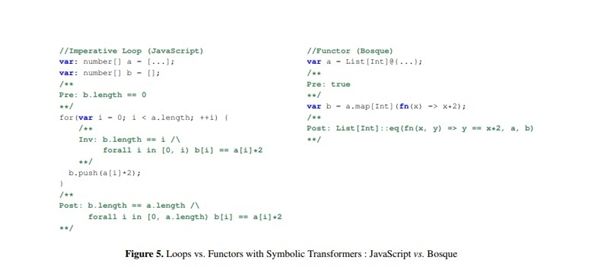 1
1
-
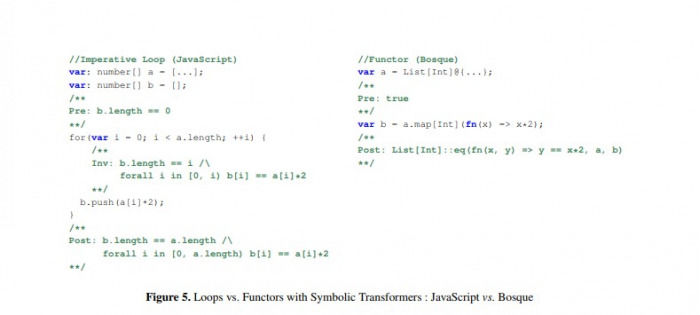 2
2
-
3
- Vue组件中如何处理图片预览和缩放问题
- 441天前
-
 4
4
-
 5
5
-
 6
6
- Python实战教程:批量转换多种音乐格式
- 612天前
-
7
- WebSocket协议的优势与劣势分析
- 442天前
-
8
- java动态代理实例代码分析
- 612天前
-
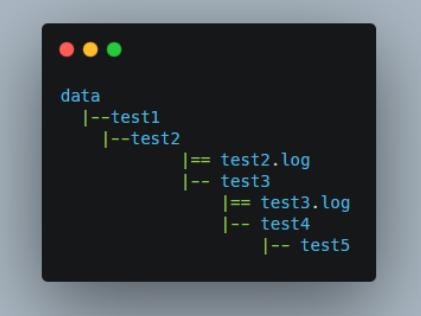 9
9
- java io文件操作删除文件或文件夹的方法
- 609天前
相关推荐
热门关注
-
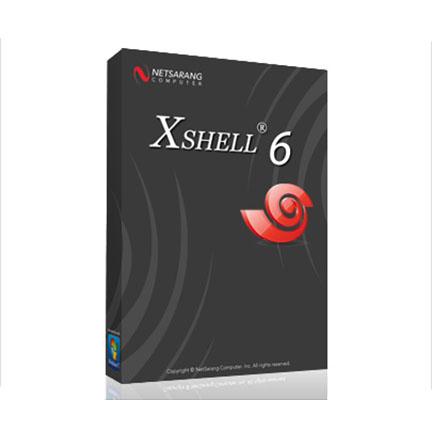
- Xshell 6 简体中文
- ¥899.00-¥1149.00
-

- DaVinci Resolve Studio 16 简体中文
- ¥2550.00-¥2550.00
-
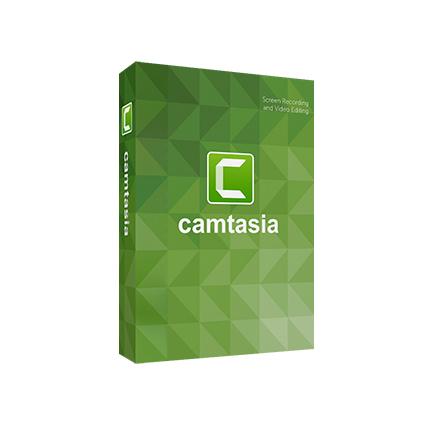
- Camtasia 2019 简体中文
- ¥689.00-¥689.00
-

- Luminar 3 简体中文
- ¥288.00-¥288.00
-

- Apowersoft 录屏王 简体中文
- ¥129.00-¥339.00